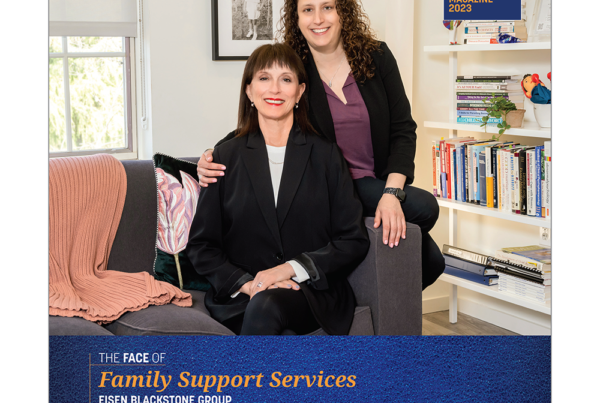Most of us can agree that childhood encompasses the most important formative years of our lives. Childhood builds the foundation that all of us stand on as adults, and as children we rely on the adults in our lives to help guide us and learn right from wrong. But, like many people I know, I grew up in a generation – not so long ago, might I add — where children were told to “suck it up” and that “sticks and stones can break my bones, but words will never hurt me.” Today, we know that words can actually cause significant harm. Although the evidence may be more subtle or difficult to see than damage caused by sticks and stones, verbal and emotional mistreatment is abuse.
According to HelpGuide, signs of emotional abuse toward children include:
- Shaming, belittling, or humiliating
- Yelling, bullying or threatening
- Telling a child that they are worthless, a mistake, or bad
- Giving a child “the silent treatment” as punishment
- Limiting signs of affection
- Exposing a child to violence against others
- Calling a child names
- Negatively comparing a child with others
For years, multiple studies have shown that emotional abuse causes similar damage to a child’s brain as physical abuse; either can lead to lifelong developmental delays and complications. Yet, because emotional abuse does not result in an outward bruise, it can be extremely difficult to prove the harm to others. Children often display emotional stress by acting out in ways that are developmentally regressed, like acting out or showing signs of defiance. But all too often these behaviors are seen has problematic, and the child is punished before examining the root cause.
Children’s needs should always be paramount to parents, guardians, and in cases of divorce or separation – mediation teams and/or family courts. While physical and sexual abuse often leave signs that are easy to spot, emotional abuse leaves no outward mark, which complicates the separation process. Proving emotional abuse to a family court can be extremely difficult. Courts tend to believe that allegations of abuse are just a manipulative tactic on behalf of a parent in the divorce court hearing. While those cases do exist, many times the allegations are based on truth and children are placed in great harm.
Kyra’s Law, Child Safety First (A.5398/S.7425), was created after a two-year-old Long Island girl was killed by her father. Although her mother had previously complained that the father was unstable, suicidal, and stalking her, he was approved unsupervised visitation with his daughter. There were no “visible” signs of abuse. The court was unable or unwilling to see the potential harm to the child and instead focused on the parental conflict. In the aftermath of this preventable tragedy, Kyra’s Law would require courts to hold an evidentiary hearing to determine whether or not allegations of child abuse or domestic violence are true. It would also mandate training for judges and court personnel regarding trauma and trauma allegations so these professionals would be better equipped to see the signs of physical, sexual, and emotional abuse.
In 2018, H.Con.Res.72 was passed to address the increasing reports of child abuse that occur during divorce proceedings. The bill aims to better protect children from physical abuse, sexual abuse, psychological abuse and neglect in the family court system and expresses that child safety is the “first priority” of custody and visitation judgements, and that State courts should resolve safety risks and claims of family violence before assessing other “best interest factors.” To put it bluntly, nothing is more important than a child’s safety, even and perhaps especially from his or her parents during divorce proceedings.
Although we are making progress to protect kids from emotional abuse in multi-home families, there is still a long way to go. Accusations of abuse should be sufficient reasoning for authorities to investigate, yet it is often seen as a legal tactic to gain custody. As professionals, as parents, and as a society we have to look for the signs and ask the right questions. And we need to remember children rely on us to protect them from any and all types of abuse…whether the scars are visible or not.




